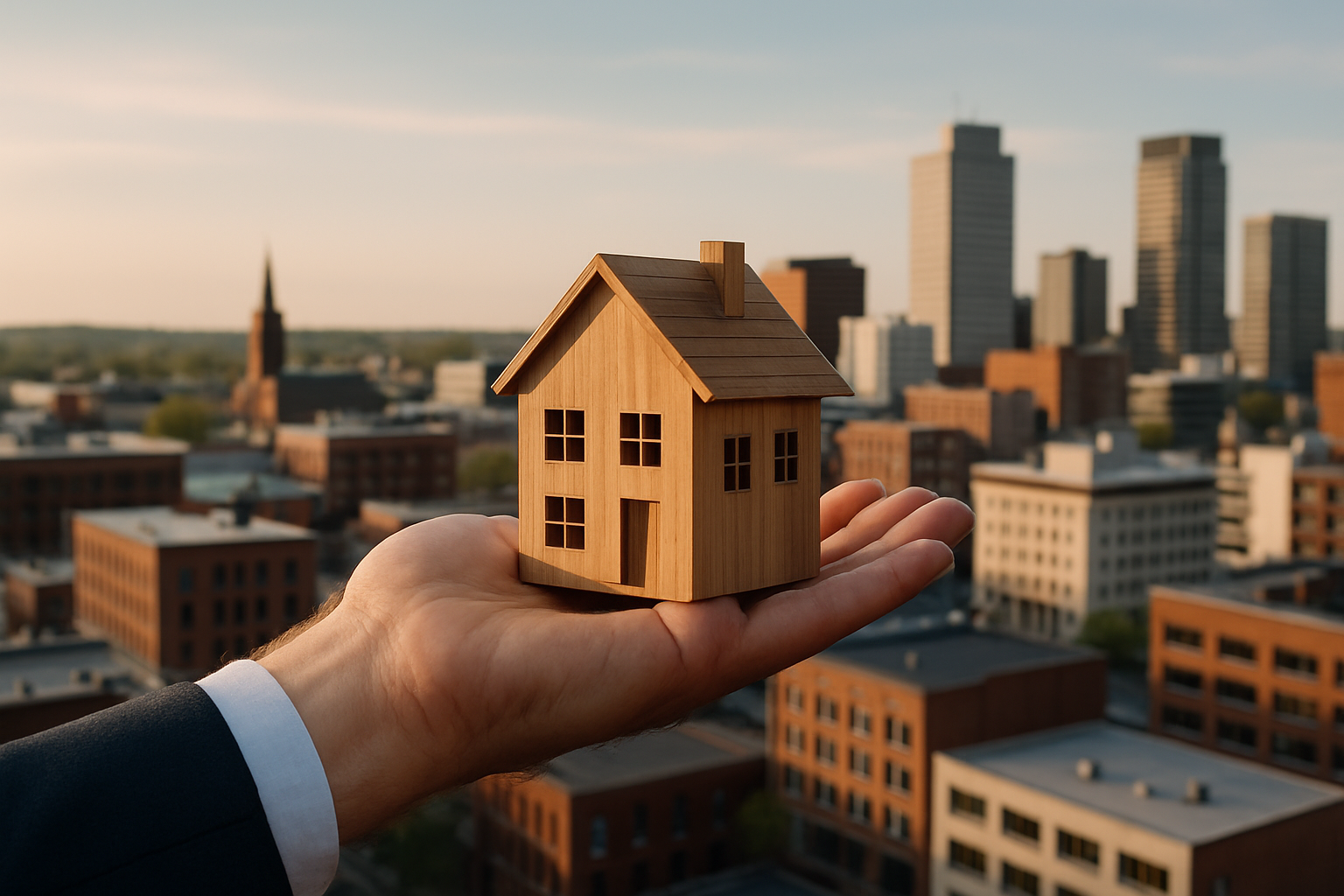Title: Revitalizing Rust Belt Real Estate: A New Era of Opportunity
Introduction: In the heart of America's industrial legacy, a quiet revolution is brewing. The Rust Belt, once synonymous with economic decline, is experiencing a remarkable resurgence in its real estate market. With median home prices in cities like Pittsburgh increasing by 24% in the past year, investors and homebuyers are taking notice. This transformation is not just about numbers; it's a story of resilience, innovation, and the rebirth of communities.

Economic Diversification Driving Real Estate Growth
The revival of Rust Belt real estate is closely tied to economic diversification efforts. Cities are no longer relying solely on manufacturing; they’re becoming hubs for technology, healthcare, and education. Pittsburgh, for instance, has transformed into a center for robotics and artificial intelligence, with companies like Google and Uber establishing offices. This influx of new industries has led to job creation and population growth, directly impacting housing demand and property values.
Affordability: The Rust Belt’s Competitive Edge
One of the most compelling aspects of Rust Belt real estate is its affordability compared to coastal markets. In Cleveland, the median home price is about $110,000, significantly lower than the national average of $375,000. This affordability is attracting millennials and remote workers seeking more space and a lower cost of living. Investors are also capitalizing on this trend, with some seeing rental yields of up to 10% in certain Rust Belt markets, compared to 3-4% in major coastal cities.
Urban Revitalization Projects and Their Impact
Many Rust Belt cities are investing heavily in urban revitalization projects, which are having a profound effect on real estate values. In Detroit, the transformation of the riverfront and the development of new entertainment districts have sparked interest in previously overlooked neighborhoods. These projects not only improve quality of life but also create new commercial and residential opportunities. For example, the $5.6 billion Hudson’s site development in downtown Detroit is expected to significantly boost surrounding property values upon its completion.
Challenges and Considerations for Investors
While the opportunities in Rust Belt real estate are promising, there are challenges to consider. Some cities still struggle with population loss and aging infrastructure. Property investors need to conduct thorough due diligence, focusing on neighborhoods with strong economic indicators and growth potential. Additionally, the renovation costs for older properties can be substantial, requiring careful financial planning and market analysis.
The Role of Historic Preservation in Real Estate Value
One unique aspect of Rust Belt real estate is the abundance of historic properties. Cities like Buffalo and Cincinnati are rich in architectural heritage, offering opportunities for restoration and adaptive reuse. Historic preservation tax credits and grants are available in many states, providing financial incentives for investors to rehabilitate older buildings. These projects not only preserve cultural heritage but can also lead to significant property value appreciation, with some restored historic properties seeing value increases of over 50% post-renovation.
Technology and Smart City Initiatives
Rust Belt cities are leveraging technology to become more attractive to residents and businesses. Smart city initiatives, such as those in Columbus, Ohio, are improving urban efficiency and quality of life. These advancements, including improved public transportation and high-speed internet infrastructure, are making Rust Belt cities more competitive and influencing real estate desirability. Properties in areas benefiting from these smart city improvements are seeing above-average appreciation rates.
The Impact of Remote Work on Rust Belt Real Estate
The shift towards remote work has been a boon for Rust Belt real estate. With more people able to work from anywhere, the region’s affordability and quality of life are drawing new residents. Cities like Buffalo and Pittsburgh are seeing an influx of remote workers from more expensive markets. This trend is not only impacting residential real estate but also commercial properties, as demand for flexible office spaces and co-working environments increases.
Future Outlook and Investment Strategies
Looking ahead, the Rust Belt real estate market shows promising signs of continued growth. However, success in this market requires a nuanced approach. Investors should focus on cities with diversified economies, strong educational institutions, and proactive local governments. Strategies such as value-add investments in multifamily properties or participation in opportunity zone projects can yield significant returns. As the region continues to evolve, those who recognize its potential early stand to benefit from this remarkable transformation in America’s heartland.





